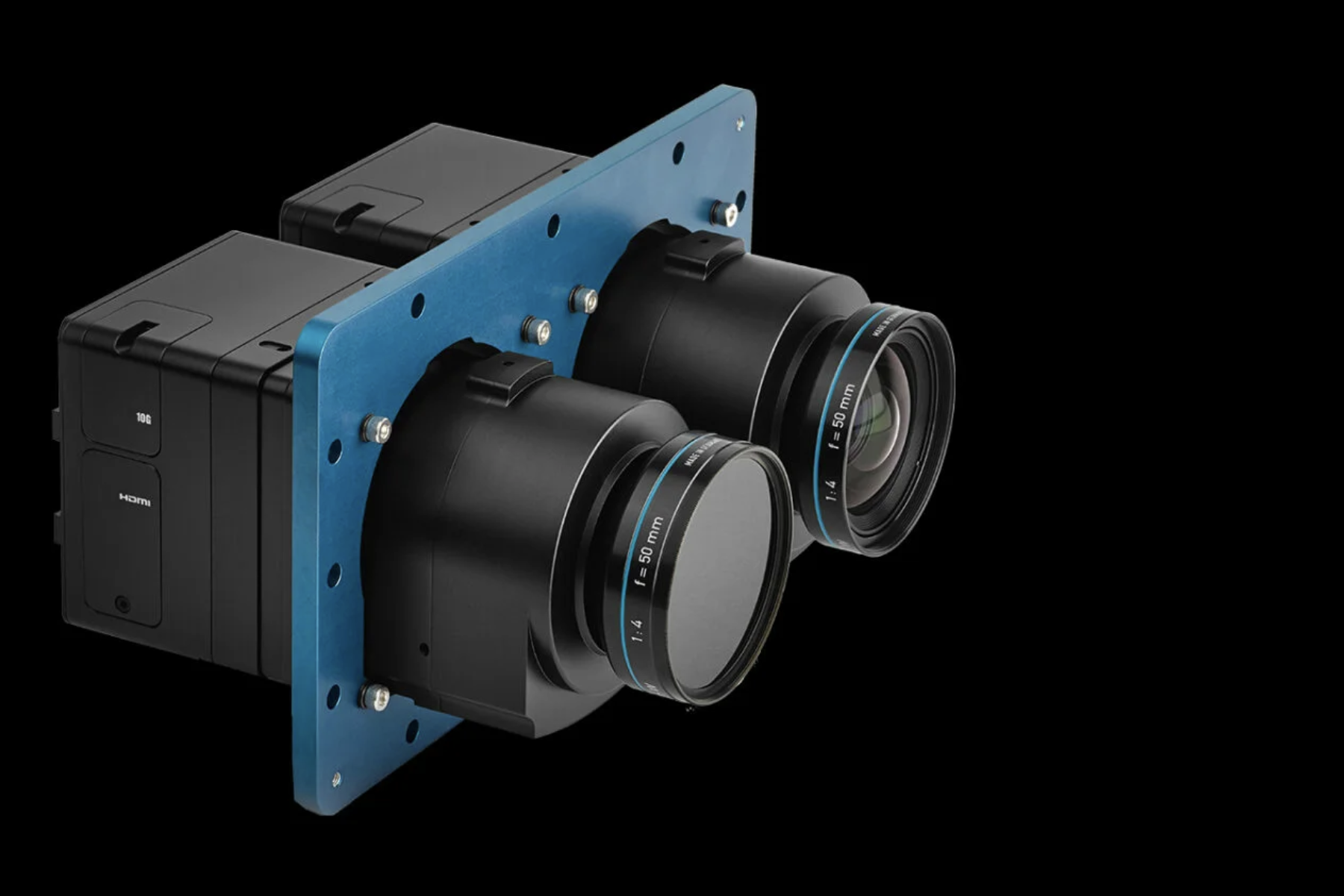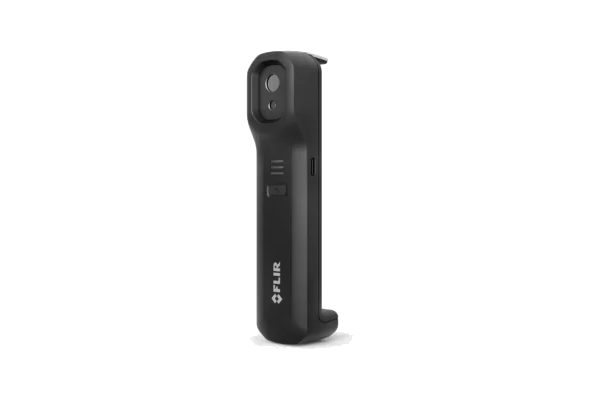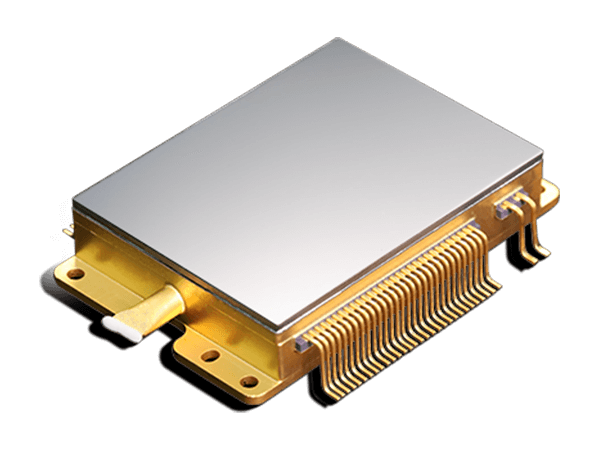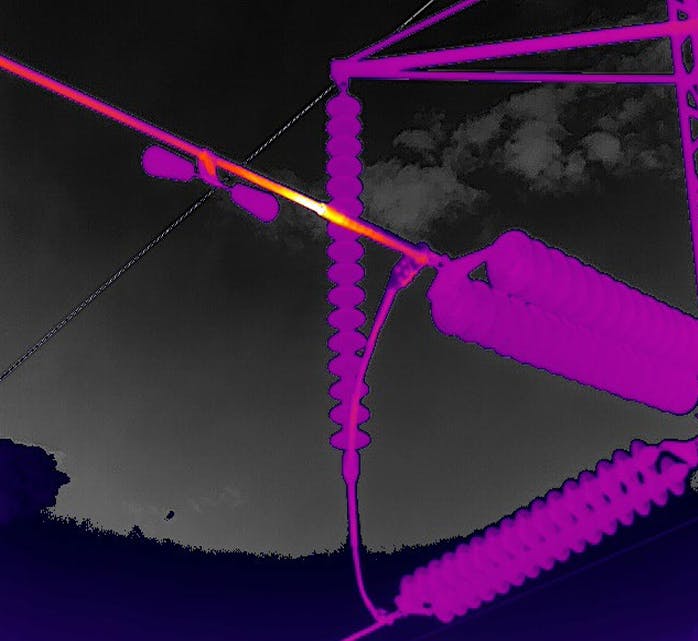Cloud Management Platforms
Cloud-based management platforms have transformed condition-based maintenance (CBM) by centralizing data, automating workflows, and enhancing decision-making. These platforms integrate various predictive maintenance techniques—such as infrared thermography, vibration analysis, and visual inspections—into a unified system, enabling seamless asset monitoring and management.

Key features of these platforms include:
- Automated Reporting: Generate standardized reports across different technologies and equipment brands, ensuring consistency and efficiency in documentation.
- Work Order Automation: Integrate with Computerized Maintenance Management Systems (CMMS) to automate data management and work order creation, saving valuable time and resources.
- Return on Investment (ROI) Calculation: Quantify and communicate the savings and benefits derived from maintenance actions and investments.
- Root Cause Analysis: Enhance plant reliability through integrated analysis methodologies, including Proactive Maintenance, 5 Whys, and Fishbone diagrams.
By leveraging cloud management platforms, organizations can streamline their CBM processes, improve equipment reliability, and achieve significant cost savings.
Multi-Spectral Imaging
Traditional thermal cameras capture infrared radiation in a single wavelength range. However, multi-spectral imaging introduces the ability to capture thermal data across multiple wavelength bands. This advancement provides more detailed and comprehensive information, enabling better identification of various materials and substances.

High-Definition Infrared
As digital technology progresses, high-definition infrared cameras have become a reality. These cameras offer increased pixel resolution, allowing for sharper and more detailed thermal images. High-definition infrared is particularly valuable for precise inspections in critical applications.
Real-time Streaming
Real-time streaming capabilities have revolutionized the way thermographers conduct inspections. With this technology, thermal data can be transmitted and viewed remotely, enabling immediate analysis and decision-making, even from remote locations. This is especially useful for monitoring processes and equipment in industrial settings.

Artificial Intelligence Integration
The integration of artificial intelligence (AI) in thermography has significantly improved image analysis and interpretation. AI algorithms can automatically detect anomalies, identify patterns, and classify defects, reducing the dependence on manual interpretation and increasing inspection efficiency.

Uncooled Focal Plane Array (UFPA) Detectors
Traditional thermal cameras require cooling mechanisms to maintain detector sensitivity. However, UFPA detectors are uncooled and operate efficiently without the need for cooling. This technology has led to the development of compact, lightweight, and cost-effective thermal cameras that are easier to deploy in various environments.

Augmented Reality (AR) Overlays
Augmented reality overlays provide an innovative way to display thermal information in real-world environments. By superimposing thermal data onto the live view, thermographers can precisely locate and visualize temperature variations, improving the understanding of inspection results.

Drones and UAVs
The integration of thermal cameras with drones and unmanned aerial vehicles (UAVs) has expanded the possibilities of aerial thermography. These platforms allow for aerial inspections of large areas, difficult-to-reach locations, and infrastructure that was previously inaccessible.

As these emerging technologies continue to mature, thermography is set to reach new heights of accuracy, efficiency, and versatility. Embracing these advancements will empower thermographers to make better-informed decisions, optimize processes, and unlock innovative applications across various industries. The future of infrared thermography is undoubtedly bright, and staying at the forefront of these technological developments will be key to maintaining leadership in the field.
